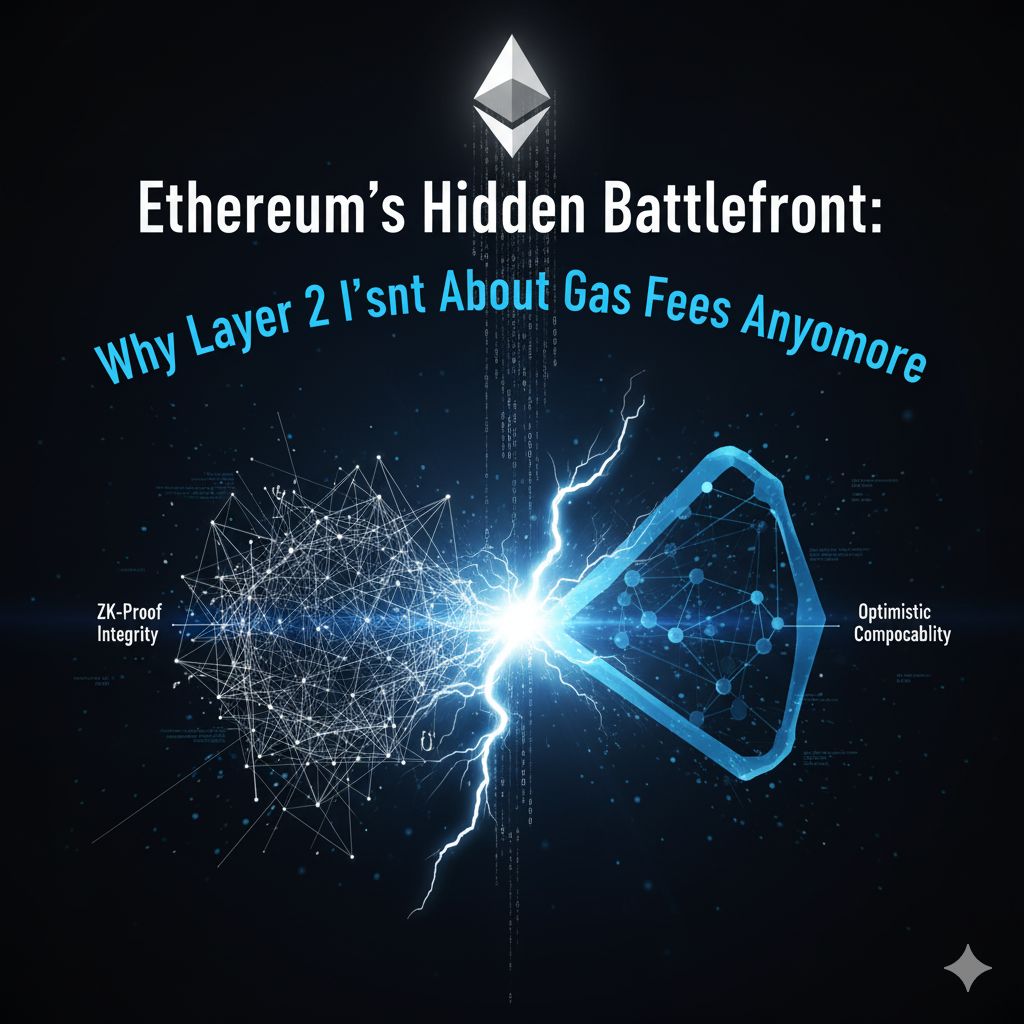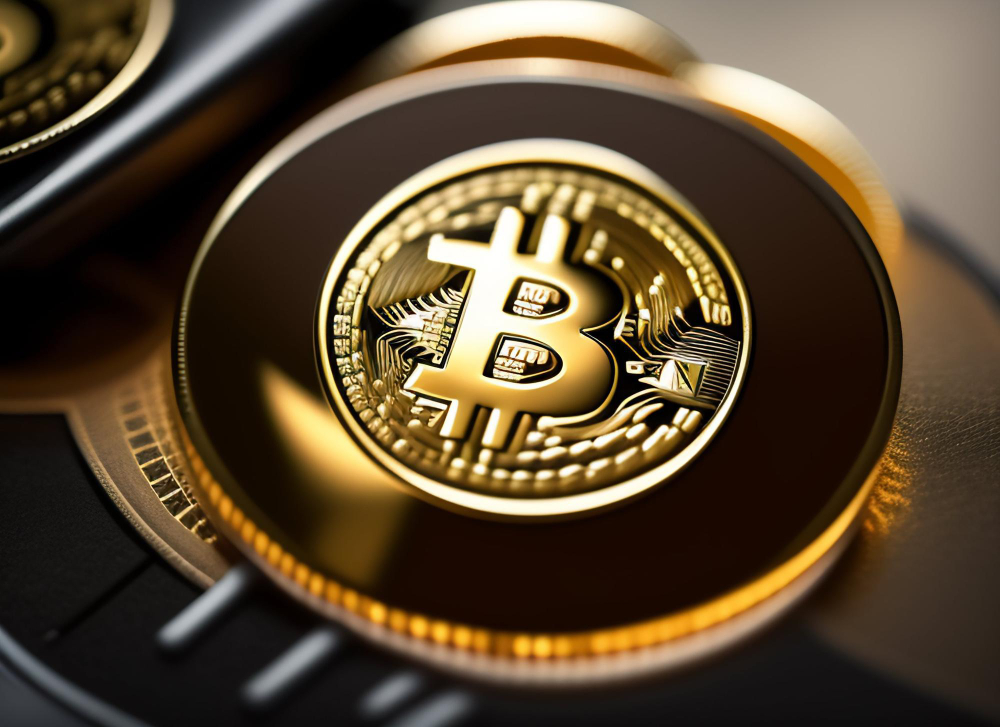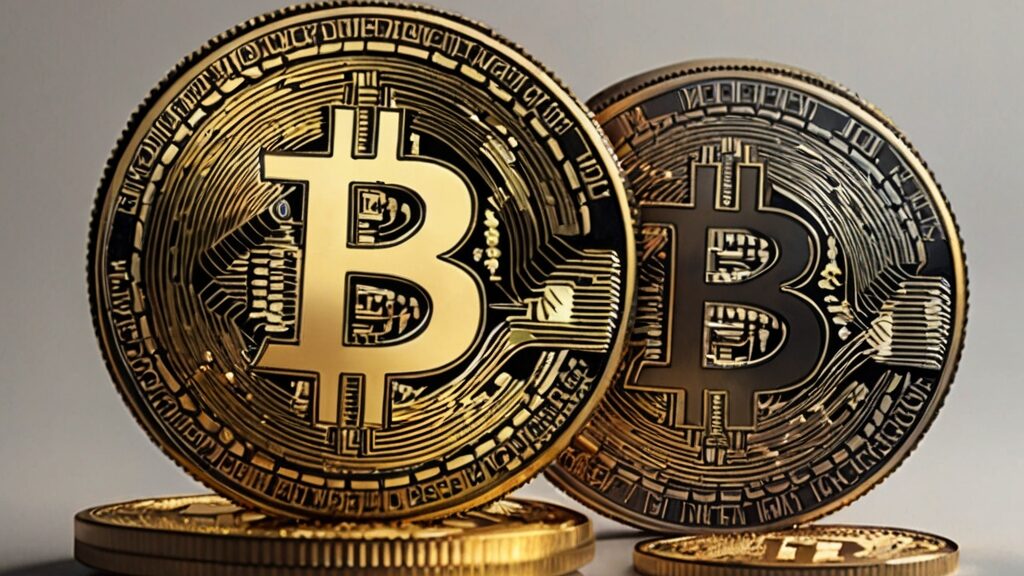
For years, the Ethereum conversation followed a predictable script: “Gas fees are too high, Ethereum can’t scale, and users are leaving for cheaper chains.” Layer 2s (L2s) like Arbitrum, Optimism, and zkSync were hailed as saviors, promising lightning-fast transactions at a fraction of the cost.
But here’s the twist: gas fees are no longer the story. In 2025, the real competition between Ethereum’s L2s isn’t about raw cost savings — it’s about user experience, liquidity depth, ecosystem design, and bridges that don’t break.
In this article, we’ll unpack:
- Why gas fees are no longer the main bottleneck.
- How bridges and liquidity are becoming the new battleground.
- Why “active users” matter more than TVL numbers.
- What the next phase of ETH + L2 growth looks like.
By the end, you’ll see that the Ethereum scaling debate is entering its second act — and the winners won’t be decided by the cheapest chain, but by the smartest ecosystem design.
1.The Gas Fee Myth: Cheap Doesn’t Always Win
When Ethereum gas fees hit $200+ during the DeFi summer of 2021, migration to L2s felt inevitable. Arbitrum and Optimism capitalized by offering sub-cent transactions, while zkRollups promised near-instant confirmations.
But let’s fast forward. By mid-2025:
- Arbitrum’s average gas cost is ~$0.01–0.02.
- Optimism sits in the same range.
- zkSync and StarkNet hover near negligible costs.
So here’s the question: if gas is dirt cheap everywhere, what’s the differentiator now?
Users don’t actually want zero fees. They want seamless experiences. Think about it: when was the last time you refused to use an app because a payment fee was $0.05 instead of free? What matters is:
- Speed of execution.
- Security guarantees.
- Whether you can move assets in and out without friction.
This shift explains why bridges, liquidity hubs, and UX tools are becoming the new frontline in the Ethereum wars.
2.Bridges: The Hidden Weak Link
If L2s are cities, bridges are the highways. And right now, many of those highways feel like dirt roads.
Bridging ETH or stablecoins between chains can still be:
- Slow (minutes to hours for confirmations).
- Expensive (bridge-specific fees).
- Risky (bridge hacks have drained billions).
Case in point: the Nomad hack (2022) and Multichain fiasco (2023) reminded everyone how fragile bridges can be. And yet, in 2025, they remain the primary chokepoint for Ethereum scaling.
The chains that solve bridging best — by offering fast, secure, and invisible cross-chain transfers — will win. Optimism’s Superchain vision and zkSync’s hyperchains both aim to make bridging feel like swapping tabs in a browser.
Imagine this:
- You’re gaming on an Arbitrum-based app.
- You want to buy an NFT on zkSync.
- Instead of bridging, you just “click buy” — and the system handles the movement of assets behind the scenes.
That’s where Ethereum L2s need to go.
3.Active Users > TVL: The Metric Shift
For years, Total Value Locked (TVL) was the holy grail of L2 comparisons. Bigger TVL meant deeper liquidity, which signaled dominance. But in 2025, TVL is a vanity metric. Why?
Because a handful of whales can distort it. A single fund moving $500M into an L2 lending protocol can double TVL overnight — but that doesn’t mean the chain has real adoption.
Instead, daily active users (DAU) and transaction counts tell the truth. Let’s break it down:
- Arbitrum consistently leads in DAU (~1M+ daily transactions).
- Optimism has grown thanks to Base and Coinbase’s push for mainstream users.
- zkSync lags in DAU but excels in innovation, focusing on account abstraction and UX.
The chains winning hearts and wallets are those focusing on retail engagement, not just institutional liquidity.
This shift mirrors Web2: MySpace once looked bigger than Facebook by vanity metrics — but Facebook crushed it by focusing on sticky daily users.
4.ETH’s Role: Still the Center of Gravity
Some argue that with L2 dominance, ETH itself risks becoming a “settlement layer” that fades into the background. But in practice, ETH remains the gravitational center of the ecosystem.
Why?
- Security: All L2s ultimately inherit security from Ethereum.
- Liquidity: ETH is still the deepest pool in crypto.
- Narrative power: Every altchain competes with Ethereum, but every L2 amplifies it.
That said, ETH has a challenge: its role is becoming more invisible to users. Someone gaming on Base doesn’t consciously think, “I’m using Ethereum.” The same way you don’t think “I’m using AWS servers” when streaming Netflix.
For ETH, this invisibility is a double-edged sword: great for adoption, risky for narrative dominance. If users don’t feel like they’re part of Ethereum, loyalty could shift elsewhere.
5.The UX War: Beyond Transactions
The L2 race is no longer about throughput. It’s about ecosystem stickiness. That means:
- Account abstraction: Wallets without seed phrases (zkSync is leading here).
- Gasless transactions: Projects subsidizing fees to make usage invisible.
- One-click bridging: Abstracting away the complexity of moving assets.
- AI-assisted workflows: Imagine an AI trader that routes your order across Arbitrum, Optimism, and zkSync for best price execution.
In short: the winning chain won’t be the cheapest. It’ll be the one where crypto feels invisible.
6.What Happens Next? Predictions for 2025–2026
- Consolidation of bridges. The dozens of risky bridge projects will collapse into a handful of secure, ecosystem-backed players. Think “the Visa/Mastercard of L2 transfers.”
- ETH ETF inflows spill into L2s. As billions flow into spot ETH ETFs, liquidity will inevitably spread across Arbitrum, Optimism, and zkSync. Institutions won’t bridge manually — they’ll demand unified access points.
- Gaming + Social = killer apps. L2 adoption won’t be driven by DeFi anymore. It’ll be NFTs, gaming, and social apps that need cheap microtransactions. Base, in particular, is positioned to capture this wave.
- The rise of “invisible ETH.” Users will interact with apps without knowing (or caring) if it’s ETH mainnet, Arbitrum, or zkSync. The infrastructure will fade into the background.
7.The Big Picture: Ethereum’s Second Act
Ethereum’s first act was about proof of concept.
- DeFi summer proved programmable money.
- NFTs proved digital culture has value.
- Gas wars proved scaling was urgent.
Now comes the second act: integration and invisibility. Ethereum and its L2s aren’t just chasing cheaper fees anymore. They’re chasing the holy grail of technology: being so seamless, you forget you’re using it.
In that future, the winners won’t be the ones shouting “we’re cheapest.” They’ll be the ones whose UX, liquidity, and community lock users in without them even noticing.
8.Final Takeaway
The real Ethereum battle isn’t about gas fees — it’s about who can make crypto invisible.
- L2s like Arbitrum, Optimism, and zkSync are fighting to abstract away the pain points of bridging, wallets, and fees.
- ETH itself risks fading into the background but remains the gravitational center of trust and liquidity.
- The next adoption wave won’t come from DeFi whales — it’ll come from millions of daily active users gaming, trading, and socializing on L2s.
Ethereum’s hidden battlefront is here. And the chains that win won’t just be cheaper — they’ll be unforgettable by being invisible.
Disclaimer: This content is for educational and reference purposes only and does not constitute any investment advice. Digital asset investments carry high risk. Please evaluate carefully and assume full responsibility for your own decisions.
Join MEXC and Get up to $10,000 Bonus!
Sign Up


